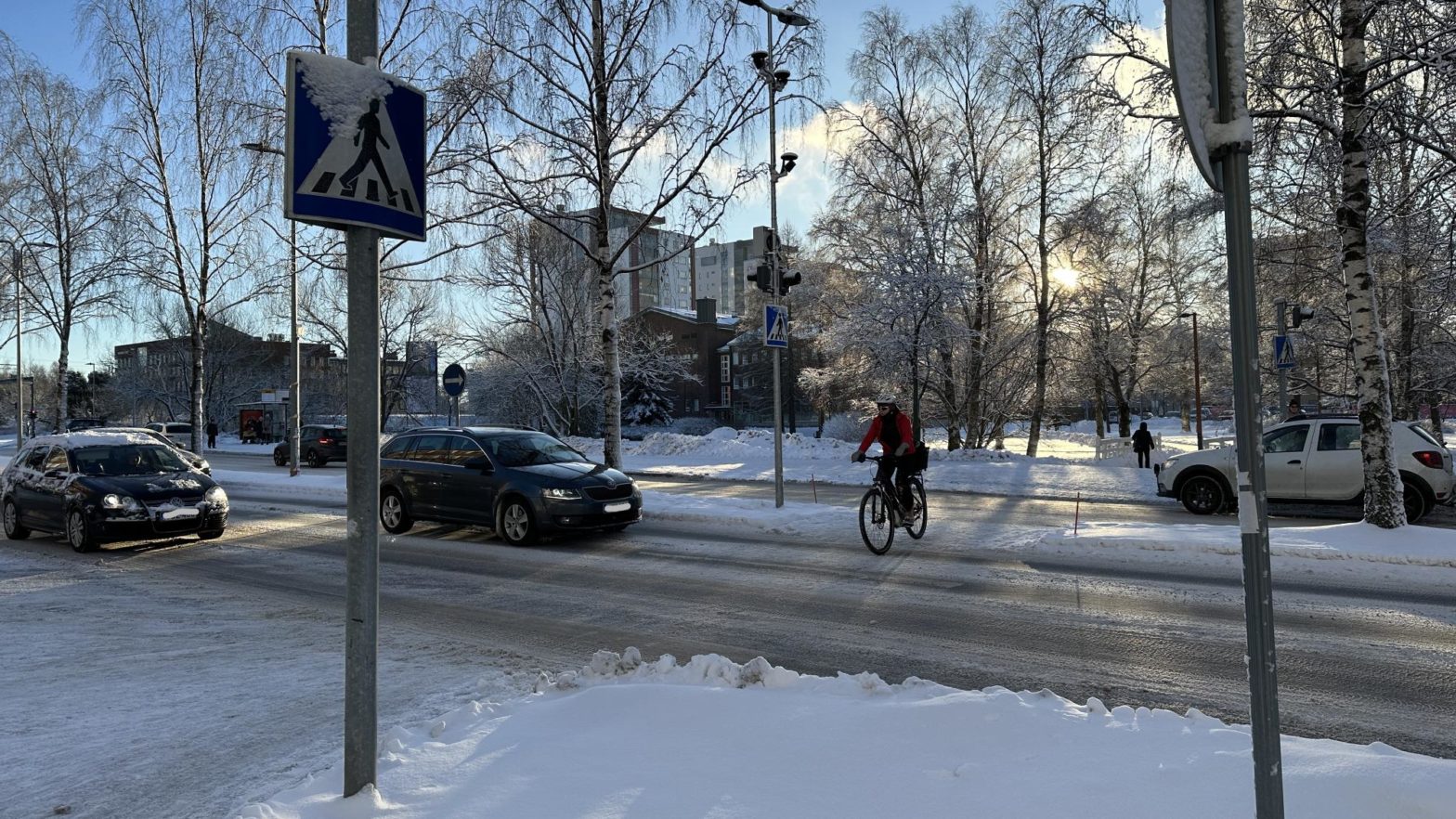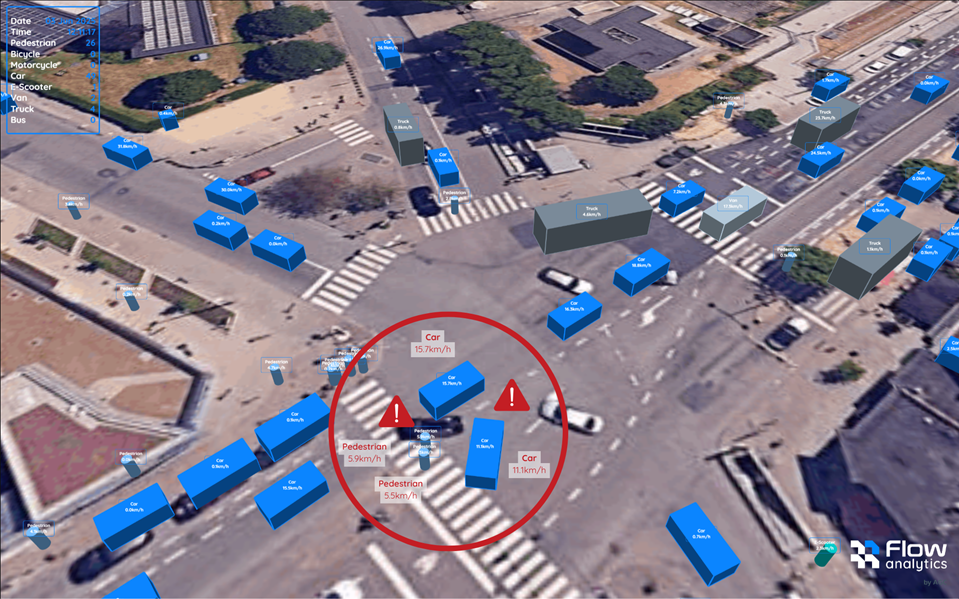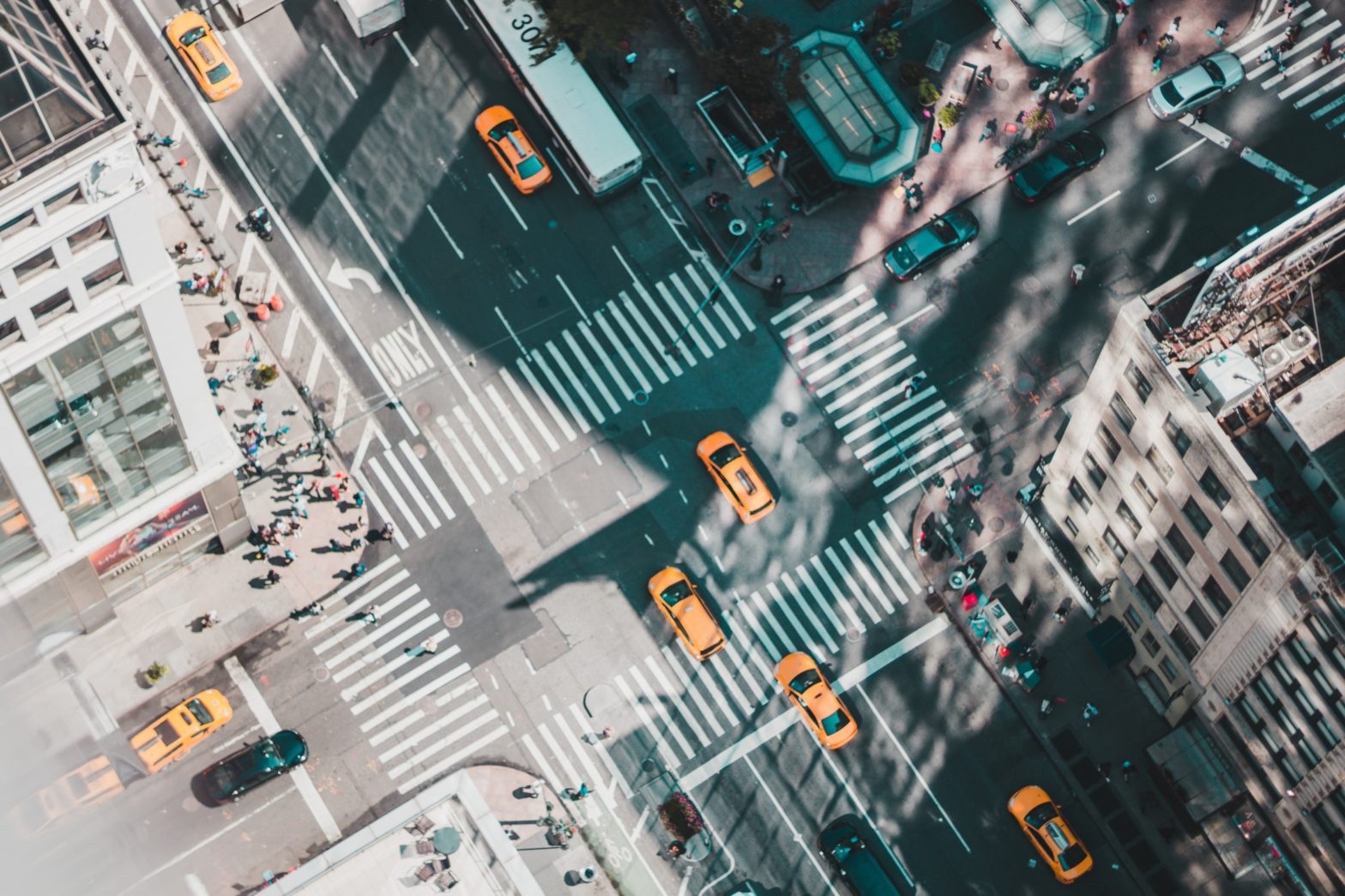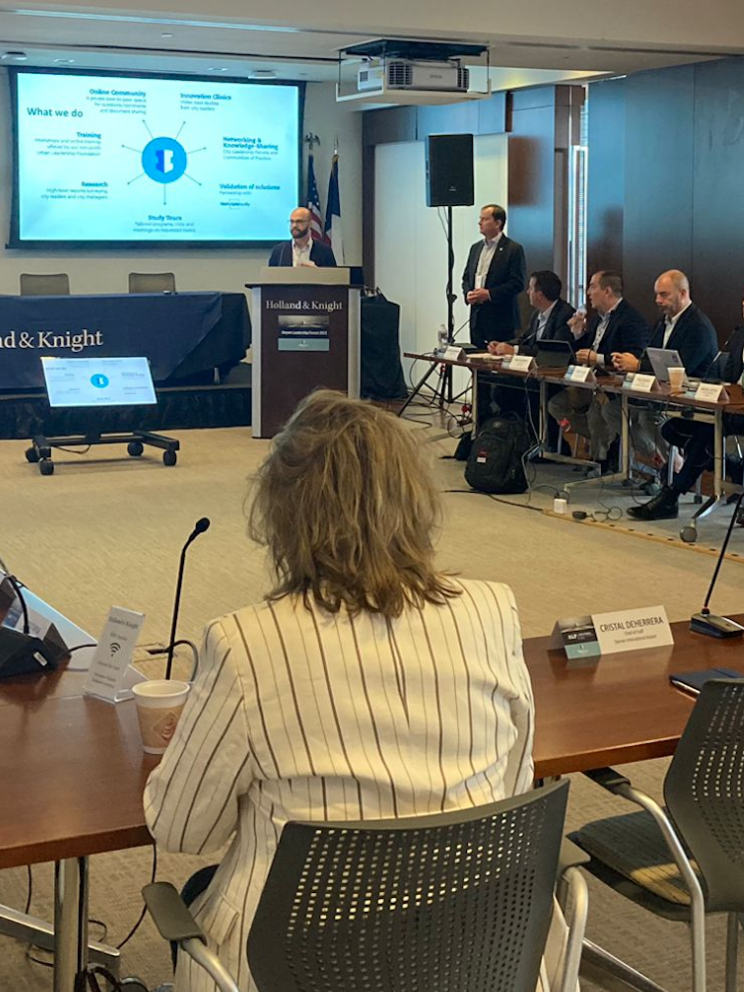
Photo: shared image (3)
What cities miss at intersections, and why it’s costing us more than we think
23 June 2025
When it comes to urban mobility and traffic safety, intersections are where everything comes together. Cars, buses, bicycles, scooters, and pedestrians all converge at some of the most complex and high-risk points in a city’s transport network. Despite their importance, the systems used to monitor these intersections have remained largely unchanged for decades.
Many cities have invested heavily in redesigning intersections, adjusting traffic signals, and analysing crash reports. But one critical layer of data is often missing: insight into what almost went wrong. This is where near-miss detection offers a transformative addition to traditional urban traffic planning.
Near misses are the invisible warning signs that frequently precede serious road accidents, yet they are rarely recorded or analysed. Flow Analytics by AGC is working with smart cities across Europe to detect these events using LiDAR, 3D spatial analysis, and AI-powered traffic monitoring. This technology adds a new level of visibility, enabling planners to identify and mitigate risks before they lead to collisions.
The missing layer in safety data
Most urban safety strategies rely on crash data to guide interventions. However, this data only reflects incidents that have already occurred. It does not capture the close calls involving pedestrians, cyclists, or vehicles—the near misses that often go unnoticed.
Traditional traffic counters and induction loops may capture volume and flow, but they lack the ability to show how road users interact within a space. As a result, potential hazards remain hidden until a serious incident occurs.
To fill this gap, Flow Analytics by AGC applies high-resolution LiDAR and AI-based trajectory analysis to monitor the movement of all road users, including vehicles, cyclists, and pedestrians. The system observes these interactions in real time, identifying conflict points as they happen. It is designed to operate continuously without recording images or personal data, maintaining full privacy compliance.

From a single intersection to citywide insight
The Flow Analytics platform is already operational in several European cities. It is available both as a fixed installation and as a mobile unit, called Flow Nomad, offering flexibility depending on a city’s needs. Some cities use the mobile unit for short-term studies, pilot deployments, or to validate specific concerns before committing to larger infrastructure changes.
In both forms, the system provides high-resolution, real-time data. This includes live dashboards, historical trend reports, risk heatmaps, and the ability to integrate with traffic management systems. These insights help cities assess the impact of redesigns and prioritise safety improvements for the areas that need them most.
For example, in Brussels, Flow Analytics by AGC has deployed its unit to monitor a busy intersection in collaboration with local stakeholders. While traditional tools provide limited insight into road user interactions, the Flow Analytics system captures detailed patterns of movement, including recurring near misses between pedestrians and vehicles during peak hours. This offers a new perspective on potential risks and opened the door to data-informed safety discussions.
The cost of waiting
Beyond the human toll, traffic injuries carry a significant economic impact. In Europe, the reported median cost per serious injury is €254,777. Preventing even a single crash can more than justify the cost of deploying new monitoring technologies.
As cities around the world adopt Vision Zero frameworks, the ability to detect and act on near misses is becoming an essential tool. Flow Analytics by AGC helps cities shift from reactive to proactive safety planning, relying on evidence rather than assumptions.
Real-time intelligence for modern mobility
Traditional traffic infrastructure is designed to respond after an incident has occurred. As cities move toward smarter, more adaptive transport systems, there is growing demand for tools that provide timely, relevant insights into how people move and interact in real-world conditions.
“The future of urban mobility is not just about moving people efficiently. It’s about keeping them safe in ways we couldn’t measure before. Near misses are no longer invisible. With the right data, cities can predict risk, prevent harm, and design streets that truly protect everyone,” says Robin Lefrant, General Manager of Flow Analytics by AGC.
New technologies are enabling cities to understand not just where people travel, but how those journeys unfold—and where conflicts occur. By capturing these dynamics, near-miss detection helps uncover risks that conventional systems might miss entirely. These insights are already helping cities make more informed decisions and protect those most at risk.
Every close call is a signal. By paying attention to those signals, cities can act sooner—and save lives.
Discover what your intersections are not telling you.
Visit www.flow-analytics.io or contact us at info@flow-analytics.io to schedule a demo.





